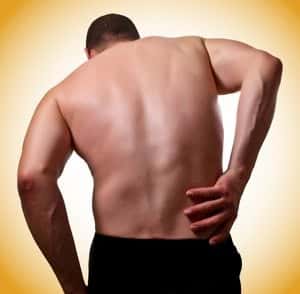
Exercise is now considered an essential pillar of good health. We think it is powerful “medicine” for the body, the mind and the soul. There is growing evidence to suggest that regular exercise is not only beneficial for the heart but also for the brain. What can you do when exercise hurts? Is there safe pain relief?
The trouble is that many people work so hard during each day that they find it hard to schedule exercise between commuting to work, putting in a long day and then getting back home. That’s why millions of people wait till the weekend to get in their exercise. Some play golf or tennis. Others hike up mountains. Whether it’s biking or playing soccer, intense weekend exercise can take a toll on the body.
All these activities are wonderful exercise, but those who are not used to using those muscles may need something to ease the agony that follows. The most obvious choices are over-the-counter pain relievers.
The Deadly Dangers of NSAIDs for Pain Relief:
Nonsteroidal anti-inflammatory drugs (NSAIDs) have become mainstays in most American households. Brand names like Advil, Aleve or Motrin IB are common. So are the generic counterparts, ibuprofen and naproxen.
Of course there is always aspirin. It has been around for over 100 years and does double duty for cardiovascular health as well as pain relief.
These pain relievers are considered relatively safe and effective when taken for short periods of time. To recover from a hike or a basketball game, there is little likelihood of developing a bleeding ulcer. Over the long run, however, regular use of any of these pain relievers may trigger serious digestive tract irritation and damage. Bleeding or perforated ulcers can be life threatening.
NSAIDs, including prescription medicines such as celecoxib (Celebrex), diclofenac (Cataflam, Voltaren) or meloxicam (Mobic), have powerful effects throughout the body. Although they are effective against many kinds of pain, these drugs come with a warning to doctors that they have been linked to an increased risk of serious, potentially fatal blood clots, heart attacks or strokes.
A review of the cardiovascular risks associated with NSAIDs found that naproxen is slightly less likely to increase the risk of heart attack or stroke than some of the other drugs, such as diclofenac (American Journal of Cardiology, May 1, 2009). As with aspirin, the heart does better but the gut may suffer.
What about acetaminophen? It too can be helpful for short-term pain relief after exertion. It doesn’t cause ulcers or digestive tract bleeding like aspirin and the NSAIDs. Acetaminophen (Tylenol) has its own risks, however. Regular use at high doses can damage the liver, and in some cases the damage may be irreversible. People who drink alcohol several times a week may be especially vulnerable to acetaminophen’s dangers.
Safe Pain Relief from Mother Nature:
What, then, can the weekend warrior do to ward off stiff, sore muscles the next day? Surprising as it sounds, the answer may grow on trees. A small study showed that tart cherry extract reduced muscle soreness following exertion (American College of Sports Medicine Conference, 2009). C-reactive protein, a measure of inflammation, was also decreased. Although cherry extract can inhibit the COX-2 like Celebrex, it does not pose a danger to the heart. It is also easy on the stomach and the liver.
We have included more details on cherries and many other natural approaches to pain relief in our book, The People’s Pharmacy Quick and Handy Home Remedies.

